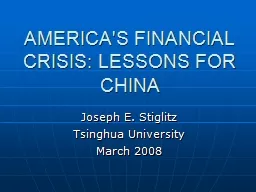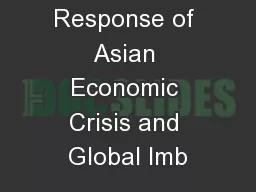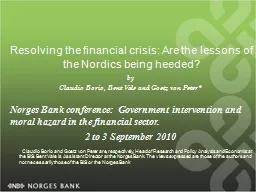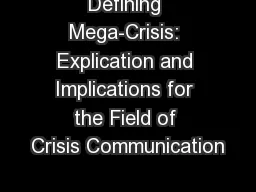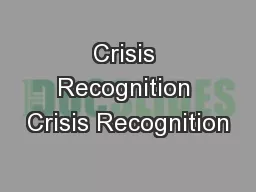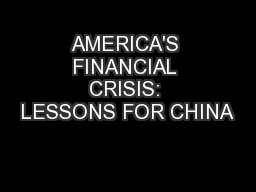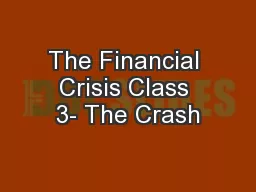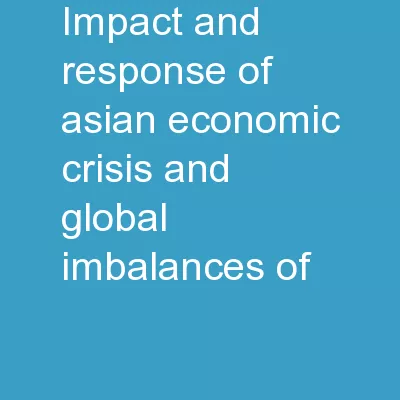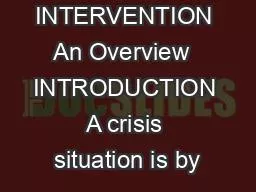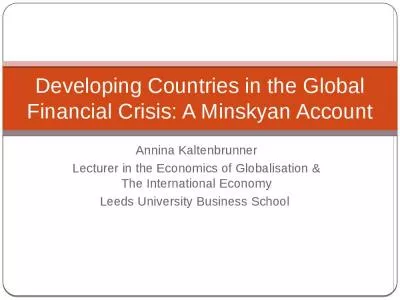PPT-AMERICA'S FINANCIAL CRISIS: LESSONS FOR CHINA
Author : natalia-silvester | Published Date : 2016-09-10
Joseph E Stiglitz Tsinghua University March 2008 Profound Lessons Concerning Market Economies Market economies are not selfregulating Prone to excesses With many
Presentation Embed Code
Download Presentation
Download Presentation The PPT/PDF document "AMERICA'S FINANCIAL CRISIS: LESSONS FOR ..." is the property of its rightful owner. Permission is granted to download and print the materials on this website for personal, non-commercial use only, and to display it on your personal computer provided you do not modify the materials and that you retain all copyright notices contained in the materials. By downloading content from our website, you accept the terms of this agreement.
AMERICA'S FINANCIAL CRISIS: LESSONS FOR CHINA: Transcript
Download Rules Of Document
"AMERICA'S FINANCIAL CRISIS: LESSONS FOR CHINA"The content belongs to its owner. You may download and print it for personal use, without modification, and keep all copyright notices. By downloading, you agree to these terms.
Related Documents

